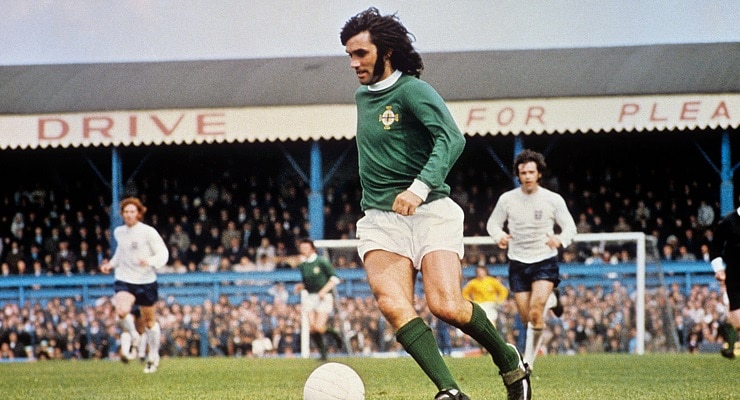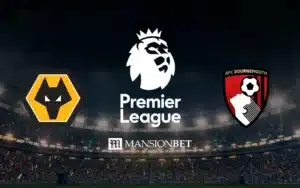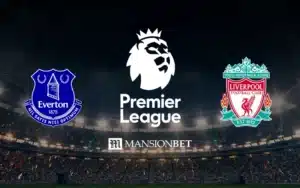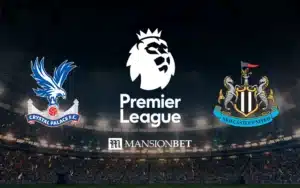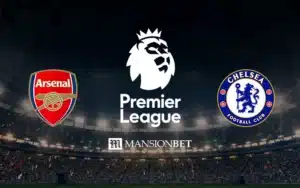American TV companies were surprised with the Stateside audiences for the 1966 World Cup and recognising the commercial opportunities, the new league was formed two years later with the merger of the United Soccer Association, which was sanctioned by Fifa, and the National Professional Soccer League.
The NPSL had previously been covered on CBS, but there were a few issues that did not sit well with the game’s global authorities, particularly referees being instructed to call fouls or stop the game to allow commercials to be televised.
Audiences were not great and 17 teams formed the first NASL season and there were early problems as an absence of a youth-development programme in the States meant there were just 30 home-grown players and most squads were made up by unfamiliar foreigners.
However, they battled through and a turning point in the league’s popularity came in 1971 when the New York Cosmos were admitted.
Big Names Offered Much-Needed Boost
They would go on to be the most successful team in the NASL and they sent the league’s popularity through the stratosphere in 1975 when they signed three-time World Cup winner Pele, who sent attendances and TV audience numbers soaring.
Famous names from overseas flooded the league as Frank Beckenbauer also headed to the Big Apple, while George Best and subsequently Johan Cruyff would appear for the Los Angeles Aztecs, before Best moved to the Fort Lauderdale Strikers and Cruyff joined the Washington Diplomats.
You even had the bizarre situation of Trevor Francis earning a secondment from Birmingham City in 1978 to play for Detroit Express, return to England to become the country’s first £1m footballer by joining Nottingham Forest, scoring the winning goal in the European Cup final and then returning to Michigan that summer.
Rule changes
And, if the big box-office names were not enough, the NASL, much to Fifa’s displeasure, started tinkering with the rules.
They introduced penalty shootouts to settle tied matches, particularly in response to the issues they had with overtime, not least a game between the Dallas Tornado and Rochester Lancers that went on for 173 minutes in 1971.
And then penalties were replaced by players going through on goal sequentially to try and score in a one-on-one situation from the 35-yard line, which has been introduced as the point where offside calls could be made rather than the half-way line.
Games also counted down to zero rather than up to 90 minutes as they did in the rest of the world and to further complicate matters, teams could be awarded six points for a win in regulation time and bonus points were given for each goal they scored (up to a maximum of three).
The Cosmos were crowned champions five times and regularly hosted more than 40,000 fans at Giants Stadium, but the cracks were beginning to show.
Clubs were paying more than 70 per cent of their revenue to star names and while the likes of the Cosmos flourished, others struggled, particularly when the US was hit by a recession in 1980 and few home-based players made a big impression.
Over expansion proved to be an issue and while it limped on, a further blow was administered in 1983 when Colombia announced they could not host the World Cup three years later, but Fifa, whose relations with the league were strained at best, awarded it to Mexico.
Eventually, the backers dropped away and it fell, but the legacy it left behind was the sight of some of the former greats of football giving the game some showbiz glitz.
